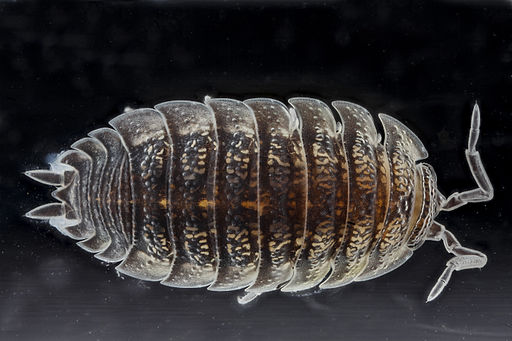SERVICE REQUEST?
Fill out the form below.
Find our nearest location

Sowbug
Attribution: USGS Native Bee Inventory and Monitoring Laboratory [CC-BY-2.0], via Wikimedia Commons
Read What Our Clients
Are Saying
SERVICE REQUEST?
Fill out the form below.